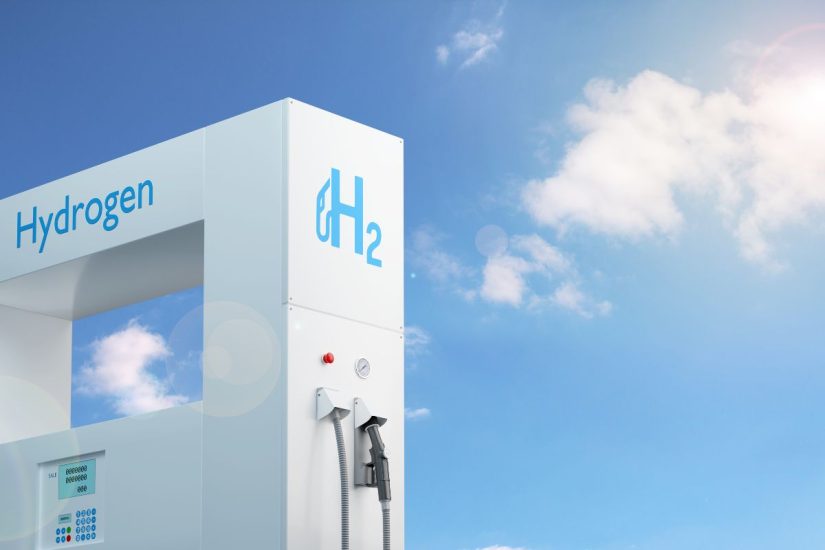
Airport hydrogen fueling infrastructure is falling behind H2 plane development
June 20, 2022According to a new research report, the refueling infrastructure needs to quickly catch up to meet airline demand.
Planes powered by H2 are expected to begin mainstream flights by 2035, but according to a recent study by the Jacobs global technical consultancy, the airport hydrogen refueling infrastructure is inadequate to keep up.
The report indicated that the refuelling infrastructure must catch up to meet commercial use requirements.
The H2 planes have the potential to create a new low-carbon aviation industry if the airport hydrogen refueling infrastructure is able to keep up with the needs of the aircraft. The report recommended that if airports started producing H2 to meet the demands of airlines, they would also have the potential to power local communities as well.

The report, called “Airports as Catalysts for Decarbonisation”, states that airport owners and operators must begin their delivery and storage planning today if they will even approach preparedness for the demands of H2-powered aircraft by 2035. The report offered a roadmap for the implementation of H2 fueling tech, building on a foundation of the work Jacobs already completed for the Aeronautical Technology Institute FlyZero Report, “Airports, Airlines and Airspace – Operations and Hydrogen Infrastructure”.
There are many different options for Airport hydrogen fueling solutions by the mid 2030s.
The amount of time required for the planning, designing, consulting and implementation of new refueling infrastructure means that it’s important to make provisions in advance of commercially available H2-powered aircraft which are expected to be ready for service by 2035.
Jacobs offered three potential H2 supply and storage scenarios to assist with the transition:
- Scenario 1 – Liquid H2 delivery directly to the airport by truck
- Scenario 2 – Using an H2 gas pipeline using on-site liquefaction
- Scenario 3 – Using electrolysis to produce renewable H2 at on-site
Airport hydrogen refueling infrastructure can be based on any of these scenarios, each of which offers a path for scaling up the availability of the H2 over time. For instance, a location could begin by using scenario 1 to tide it over until the second and third scenarios are constructed in order to meet the needs for the fuel in the future.



 With over 15 years of reporting hydrogen news, we are your premier source for the latest updates and insights in hydrogen and renewable energy.
With over 15 years of reporting hydrogen news, we are your premier source for the latest updates and insights in hydrogen and renewable energy.
At Ardent Underground, we offer large scale hydrogen storage in vertical shafts. Ideal for an airport operation where space is limited and you want your fuel safely contained deep underground.